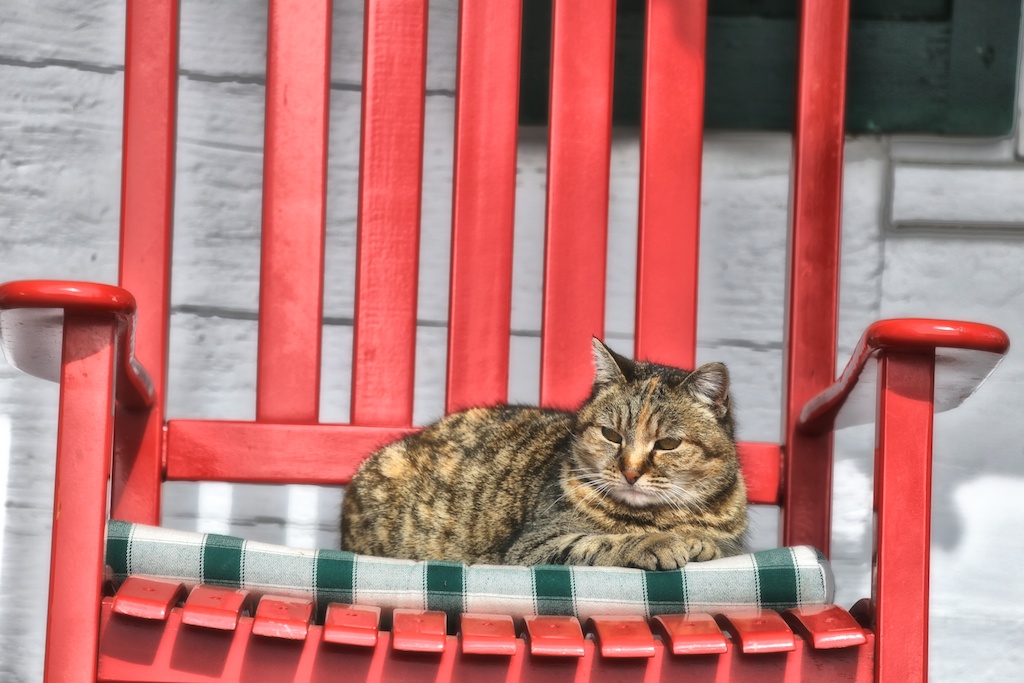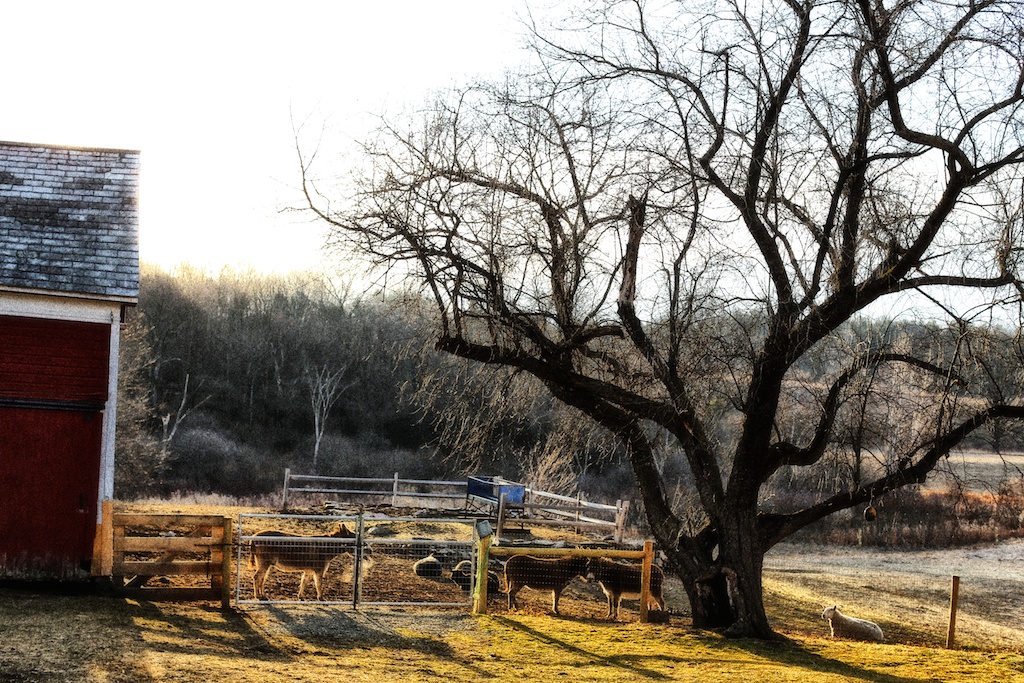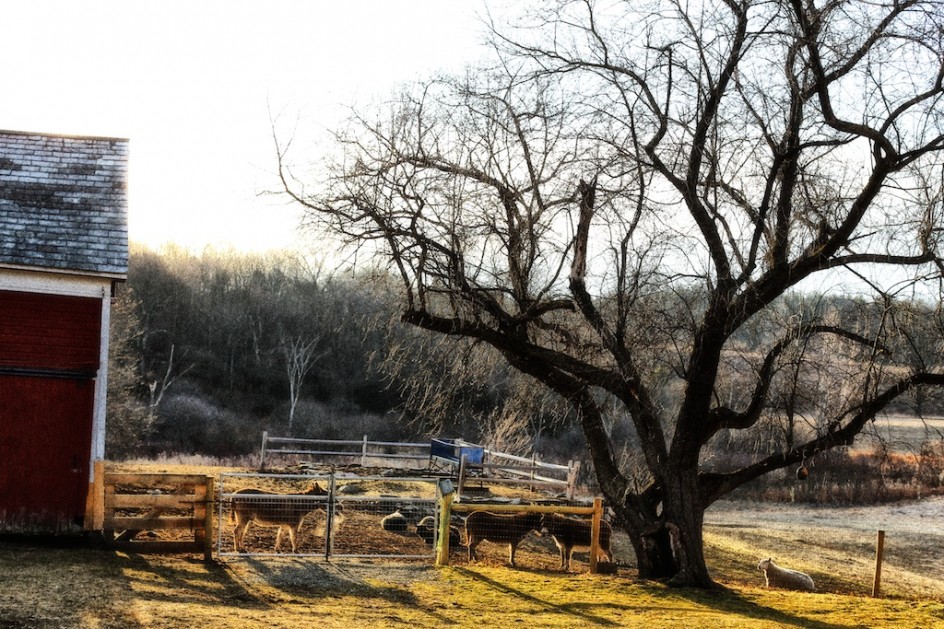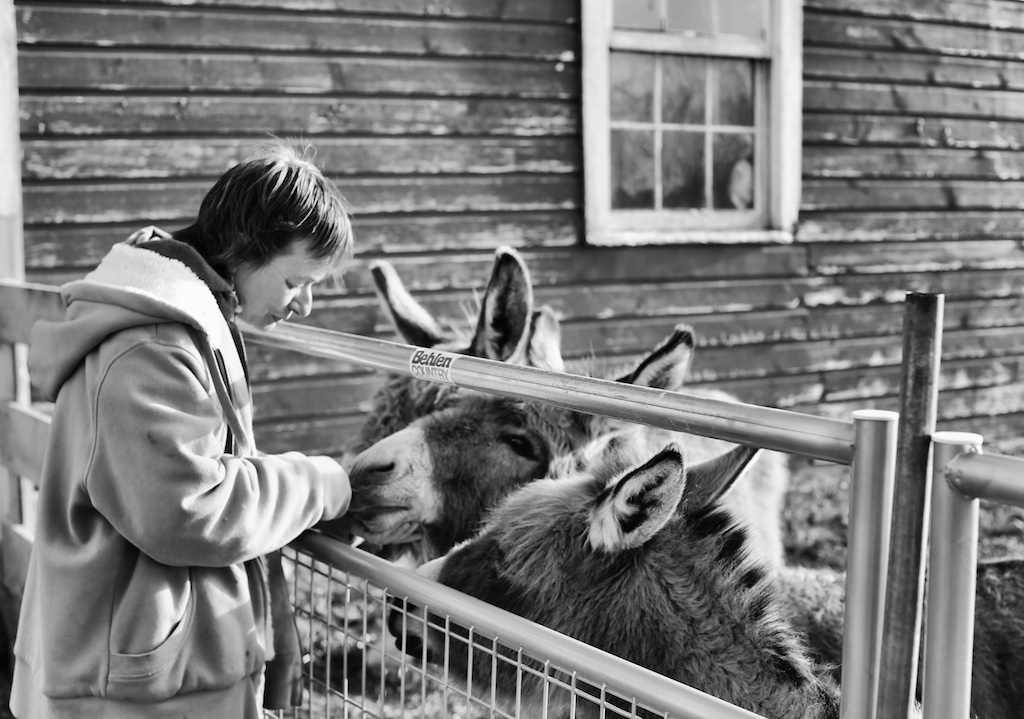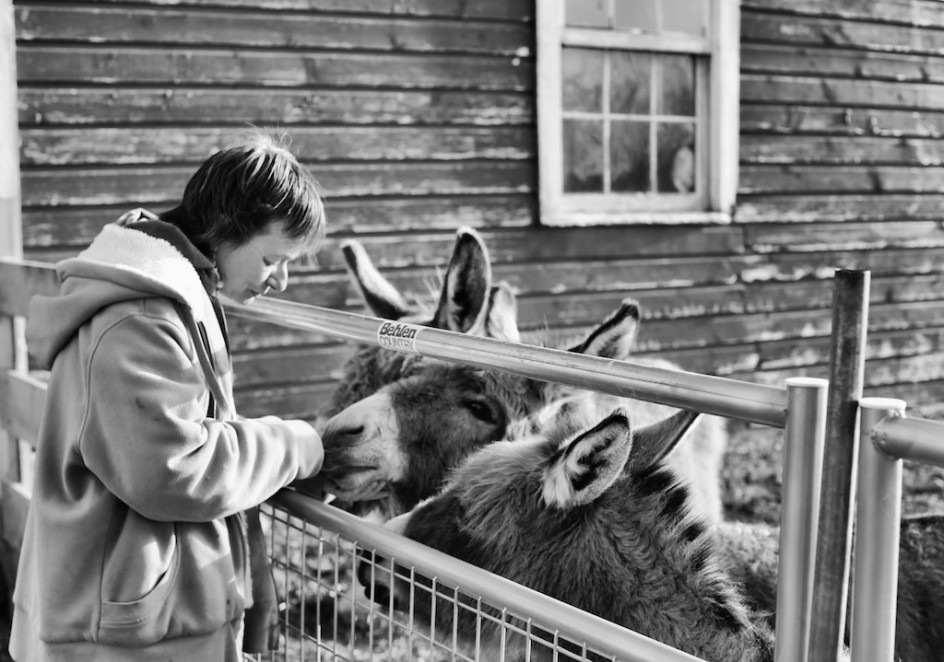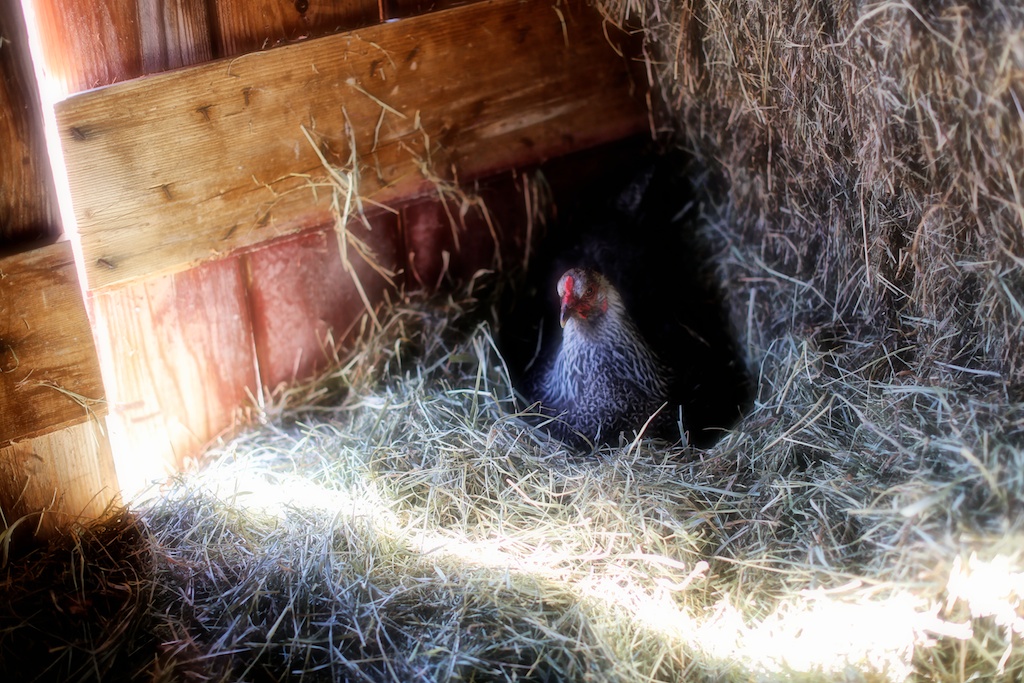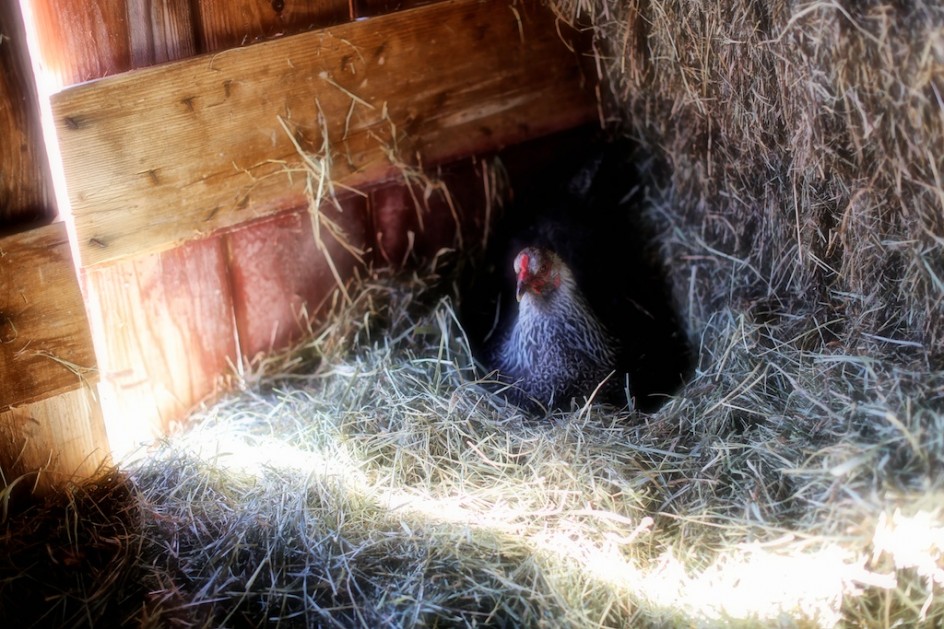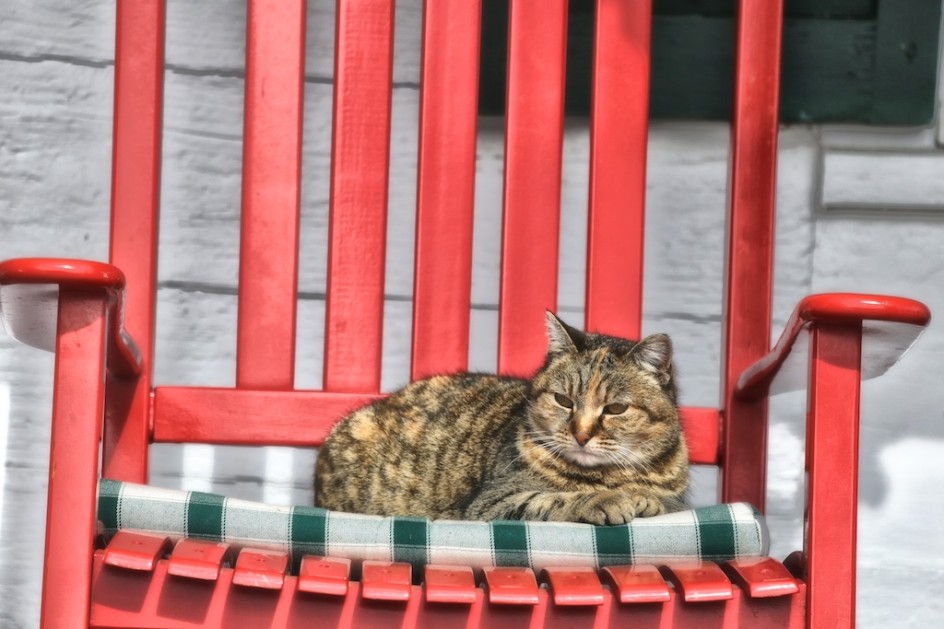
What is a photographer? I’m not sure, I’m still learning. I’m reading a great book on the subject, “The Education Of A Photographer,” writings and thinking from some of the best photographers of the last hundred years (School Of Visual Arts: Allworth Press), edited by Charles Traub. I’ll share some of it with you as I read it. I tend to define photography first, by what it is not. It is not painting, dance, writing, symphony, jazz, rock music. Photography has been swept up in a dramatic revolution that is still going on. Artists like the late Berenice Abbott, perhaps my favorite photographer, once said that photography is not just a pretty picture. It is real life – now. History, she said, is pushing us to and over the brink of what some call the Realistic Age. This before digital photography.
Americans look at their cell phones on average 100 times a day, according to a Facebook study. All of those phones now have camera, some of them quite good. Photography has gone mobile in a very intense way, sweeping aside the clunky equipment and carefully chosen images of the masters. Photographers used to be artists, but nothing separates the photographer from clear and colorful images today. More people view photographs on cell phones today than in any other way – by far. Not too long ago, there were very few easy ways to view photographs, and they had enormous impact.
In Abbott’s time, photography was about selectivity. The great photographers used revolutionary new equipment and has to master their light meters and exposures and darkroom chemicals. The modern photographer needs know how to do little more than put his thumb on an icon. Images are no longer selective, they are ubiquitous, so many images capturing so many things we barely have time to absorb them, let alone preserve them and contemplate.
Photos are becoming part of the contemporary conversation, images replacing words to communicate the new reality. We speak to one another in images for the first time in human history. And we share the images for free, we rarely buy them. Few people have the need or desire to buy photographs, we live in a ocean of still and moving images. The professional writer, like the professional writer, is under siege, swamped by the democratizing waves of the digital world.
Photography for me, is very important. It functions on two levels: the Instagram kind, where I take quick images to relate the rhythms and rituals of my life, and my true passion, the more traditional use of expensive and complex equipment to capture images I believe have importance, symbolism or emotion.
My photography has become as important to me as my writing, and as important to my work. It has driven my website, adorned the covers and interiors of my books, and suggests a future for me of publishing e-images as well as books digitally and on paper. One thing about good photography has not changed, and I doubt that it will: good photography is somewhat about equipment. Good cameras, good lenses that capture great images cost a lot of money. They still take a lot of thought, a lot of time. Cellphones don’t take those kinds of photos, neither do most point-and-shoots. The digital revolution is not communistic, resources still matter, good lenses are expensive.
What is photography for me? It is reality, truth. It is what I would call emotional realism. It supports and defines my work, my life. I mean for my photos to capture emotions, of me, you, of the animals and landscapes. I see my work as focusing on the power of color, light and emotion. I take photos I think will touch people, challenge them to focus on the light and color of life, when much of technology is drawing them to a darker series of images – violence, celebrity, disturbing news, the most banal and ordinary of interactions, corporate marketing. Those images numb the mind and soul, photography is a representation of a truer world, a more meaningful and spiritual one.
Even before I knew of her, I instinctively followed Abbott’s theory of photography: “To chart a course, one must have a direction. In reality, the eye is no better than the philosophy behind it. The photographer creates, evolves a better, more selective, more acute seeing eye by looking ever more sharply at what is going on in the world. Like every other means of expression, photography, if it is to be utterly honest and direct, should be related to the life of the times – the pulse of today. The photograph may be presented as finely and artistically as you will: but to merit serious consideration, must be directly connected with the world we live in.”
This was my philosophy, before I even realized it. My photography seeks to capture the truth about the world I live in, and it needed to grow beyond the beautiful hills and wonderful light of Bedlam Farm. It has, into decaying barns, ugly farms, the portraits of strong women, and the beautiful emotions emanating from the animals I live with. Photographs don’t need to be of ugly things to be beautiful, there is much truth in the landscape of the country or the flower in a garden. Both are very real. Like Berenice Abbott, what I most want when I take a photo is for it to touch the emotions of the people who see it, for them to say “yes, this is the world I live in, I recognize it.”

